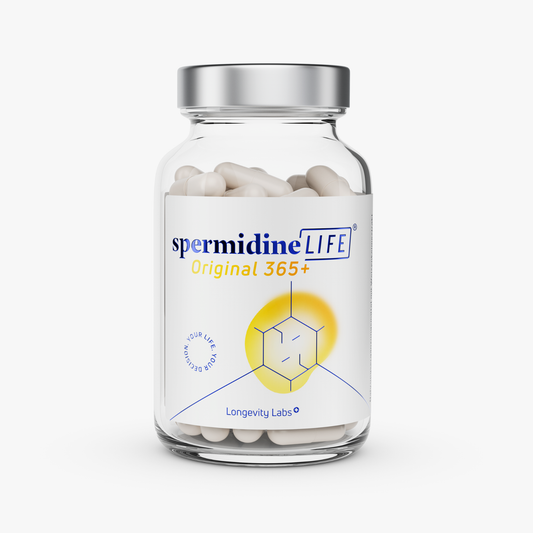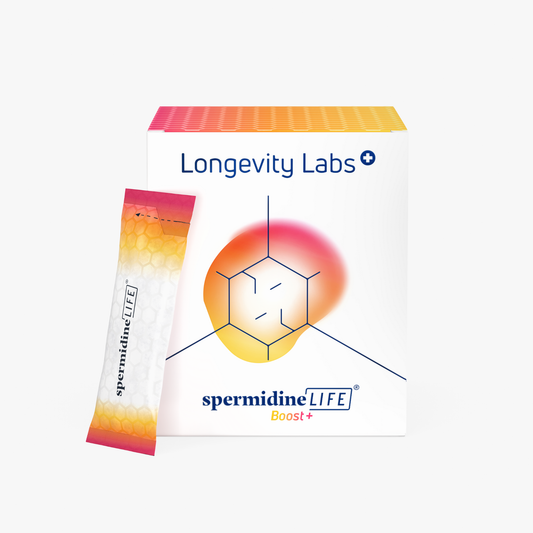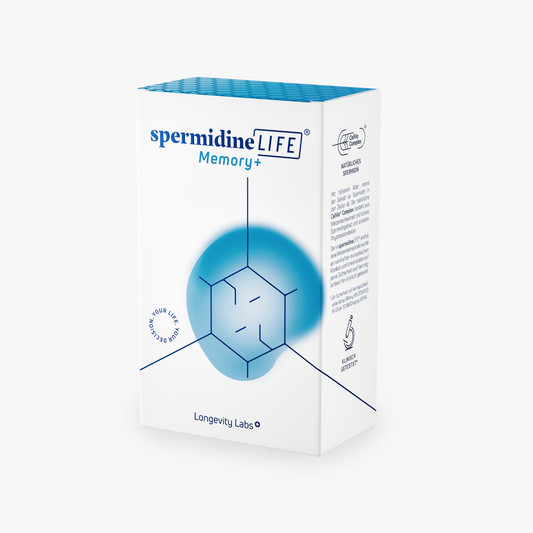
Food trends for health put to the test
Nutrition, TLL LongevityLabsNew information and opinions on nutrition and food intake keep popping up. The jungle of food trends and dietary recommendations is now unmanageable. We have taken a closer look at the most common trends in nutrition and summarized what is behind them.
No intake of carbohydrates, eating a lot of fats, eating only at certain times or the absolute renunciation of solid food. These are just a few examples of the various nutritional trends that promise us the best results for our health on the Internet, in magazines and on television. And new trends are added almost every week. So it's no wonder that we are sometimes overwhelmed by all the different approaches. We have taken a close look at well-known nutrition trends for you and summarized the most important information.
Low-Carb
Low-carb means something like "few carbohydrates". This translation already describes the basic idea of the nutrition trend: You should eat little or no carbohydrates. In return, however, the body is supplied with many proteins. These come mainly from fish, meat and dairy products.
What happens? By the far renouncement of coal hydrates in the nutrition, in the optimum case the metabolism is stimulated and burned so more fat. If the body has no carbohydrates available for energy production, it turns to fats and proteins. The increased fat burning in this way can reduce weight.
Keto
The ketogenic diet focuses on the intake of fats. However, not all types of fats are eligible. Foods rich in fats and proteins such as fish, cheese, meat, eggs, nuts, avocados and good oils (olive oil) should be consumed mainly. Together with a low-carb diet - only around 50 to 120 grams of carbohydrates per day - the body should be put into ketosis mode, where the metabolism is boosted.
As with low-carb, the body draws on our fat cell stores in the process, since the main source of carbohydrates is eliminated. The energy our body needs is therefore drawn from our reserves instead.
Juice cure
With a juice cure all nutrients are taken up only in liquid form. One nourishes oneself thus only with juices or soups. By the omission of calorie admission a fast weight loss can be reached in such a way. That this does not correspond however exactly to a balanced nutrition, we do not have to mention probably extra. In addition, a pure diet of soups and juices can quickly become monotonous and not sufficiently satisfying.
However, while low-carb and keto are aimed at a long-term change in diet, the juice diet is usually only used for a limited time, similar to a fasting diet. It is about an internal cleansing of the body and the cells. In the process, resolution is a big issue. If you fall back into old habits too quickly, you do more harm than good in the body. So you should always think about what foods you eat after a juice cure and how you want your diet to be after the cure - ideally healthy and balanced!
Intermittent fasting
Intermittent fasting or intermittent fasting - in contrast to the dietary trends presented so far - does not prescribe what should be eaten, but when or at what intervals food should be taken. Thus phases, in which one may eat, alternate with phases of the absolute food renouncement. How long these phases last varies depending on the interpretation.
There is the variant 5:2. Here one eats on five days of the week and fasts on 2 days. Another possibility is the 16:8 variant, in which fasting takes place for 16 hours a day (preferably overnight), followed by 8 hours of eating. By the meal breaks among other things our natural autophagy process - thus the renewal process of our cells - is stimulated. If you want to know more about this, you can here here.
Risks of unbalanced diets
When it comes to nutritional trends, it is important to make sure that the body and our cells are always supplied with all relevant nutrients. This is especially relevant for longer-term diets that rely on certain foods, such as low-carb or keto. Otherwise, the body could do more harm than good. For example, with low-carb, especially the kidneys and the acid-base balance are particularly stressed and attacked by the relevant diet. This should not be disregarded and appropriate countermeasures should be taken.
One symptom that can occur after a change in diet is the so-called "low carb flu". It was first observed in low carb diets, as the name suggests, but also occurs when switching to the keto diet. It is often manifested by headaches, fatigue and a feeling of weakness. This has to do with the fact that after the change in diet, the body must first get used to the adjustment in metabolism.
Conclusion
It is not possible to state in general terms which diet is the most suitable. This depends on many individual factors. In general, you can of course test nutritional trends, but you should always pay close attention to your own body and ideally discuss everything with a specialist such as a doctor or dietician. If symptoms occur during a diet, contact an expert immediately.






